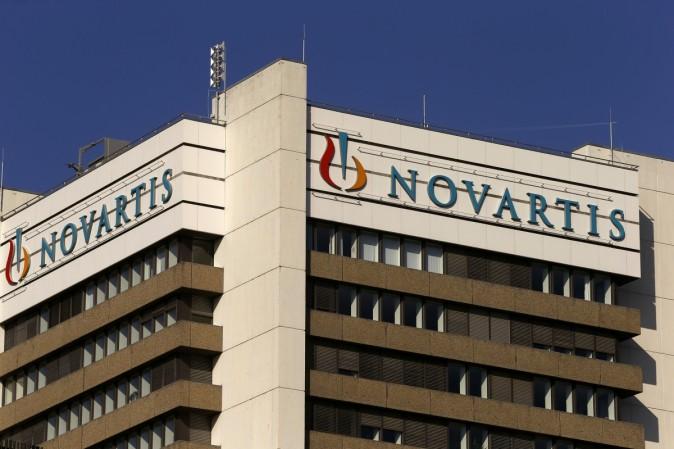
Big international drug companies are set to cash in on the sharp rise in diabetes and heart disease cases in the country, with their business penetrating the rural areas that represent at least 70 percent of the Indian population.
Understanding demand is very high for cheap drugs in villages; if big pharma can reach these patients and make even a slim profit the sheer numbers could make for huge returns in the long run.
Switzerland-based Novartis AG to Indianapolis-based Eli Lilly & Co will now move to expand their operations and sales to smaller cities and villages. They also plan to learn more about healthcare needs of rural people and spread awareness on diseases like cholesterol and diabetes, Bloomberg reported.
Villagers mostly involved with farming or a profession that yields scanty income where rural Indians hardly have money to afford a square meal a day, have no idea about diseases like diabetes and heart problems that may lead to slow death if unchecked.
Scroll down for video

To fight this, a pilot program funded by Eli Lilly, the world's largest diabetes medicine maker sends community workers on a door-to-door check-up in such areas with tablet computers programmed to screen people for diabetes and hypertension. It also trains local health workers.
Drug giant Novartis AG has also initiated a "for-profit social initiative" to help rural India by sending doctors and cheap medicines to different corners of the country.
Such initiatives drive big companies to grow into untapped market segments and increase the scope to expand businesses to raise more demand for their products.
Is India a centre for global pharma profit?
Growth in volume of drugs sold globally was seen rising largely from the largest developing markets like India and China. While demand in the developed economies has lost momentum, India and China hold the bright spot by derisking the profits of such pharma companies, according to a report by Quintiles IMS Holdings Inc, last year.
Drug spending in India is expected to pick up at a faster rate to as high as $30 billion from $17 billion over the time frame of 2021. Also, according to a McKinsey report, about 28 million households in the villages have come out of the lowest income class -- which could mean that demand for international drugs which are priced higher than the locally manufactured ones will increase over the coming years.















